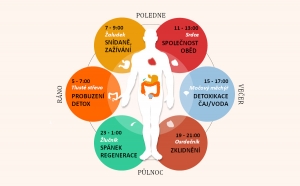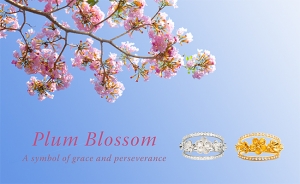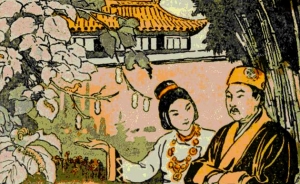Tangled in a ‘Gun Dance’
Curiosity killed the cat. Luckily, no fuzzy feline friends have been in my vicinity for a while. It's not good to be nosy, but sometimes, you just have to know!
For us dancers, the symptoms of curiosity are extremely contagious during the months of August and September. Every year Shen Yun produces an all-new show, and every year the end of summer is when the new programs start brewing, evolving from blueprints on paper to tangible creations in rehearsal rooms. Long before any recipes have been perfected, everyone wants to get a whiff of what our choreographers and composers are cooking.
One morning, my friend came in with a fresh piece of news: "Hey! Mr. Chen (choreographer Yungchia Chen) is going to make a qiang dance!" “Interesting,” I thought, “a qiang dance.” The first things that popped into my head were guns and pistols. After all, that's what a qiang (枪) is, isn't it?
Yes, and no.
Like most Chinese words, qiang has many homonyms. If you go by the sound alone, without context, you could easily assume you heard a word that sounds exactly the same but means something completely different. Chinese also has a system of phonetics—four tones in Mandarin—so depending on what tone you use to pronounce qiang, it could mean “a wall,” “strength,” or “sulfuric acid.” Or it really could be a gun.
Now, I knew I got the tone right, but still, I didn’t see how a gun dance would promote traditional Chinese culture. If you wanted to see firearms on stage, you could buy tickets to a Chinese Communist Party show, where they’ve featured a brigade of soldiers in green uniforms and shiny helmets with fierce expressions dancing to a military rhythm. I wouldn't waste money on that, nor did it seem plausible that we would perform something similar.
Qiang can also mean “spear,” I suddenly realized. “Ah, there's a weapon from dynasties of yore." A spear can poke, prod, slice, and stab. It can also be pointed, twirled, and spun for extra choreographic flare. More than just a weapon, a long spear can bestow anyone with an aura of awesomeness. Unfortunately, this honor is usually given only to male dancers—this year’s Lady Mu Guiying is a rare exception. As it turned out, Mr. Chen had no plans of sharing the spear’s glory with the ladies this year.
What Mr. Chen actually had in mind was the Qiang ethnicity. The Qiang is one of China’s oldest ethnic groups. Since the Spring and Autumn period, its people have resided in little hamlets along the rivers of Sichuan province. They were traditionally known as shepherds, which is probably why the Chinese character for Qiang (羌) is composed of a sheep (羊) above a person (人). Sheep are an integral part of their daily lives, essential to their food, clothing, and even religion.
Unity is another important characteristic of Qiang communities, and it is often reflected in their dancing, as in our own Dance of the Qiang People. It’s a Qiang custom to hold hands while singing and dancing in a circle. And so our choreographer arranged our Qiang dance so that everyone moves together, and no one is left out.
Think of the Qiang dance as a game of Twister. Wrap your right arm around your stomach, stick your right hand under your armpit, and stretch out your left hand to grab the right hand of the person in front of you. As you stride forward, let your upper body lay back and swing your hips from side to side. The fancy footwork and rock-n-rolling can be confusing, and nobody wants to mess up or, worse, create a domino effect. Most importantly, remember to NEVER LET GO.
In order to keep our choo-choo train intact, we can't solely rely on each other's grasp. We are bonded by much more than that: a mixture of teamwork and trust. How else can 18 girls dance together as one? It's this connection that pulls us through each time, so strong I can feel it through the tips of my fingers.

Alison Chen
Contributing writer
22. Únor 2012






